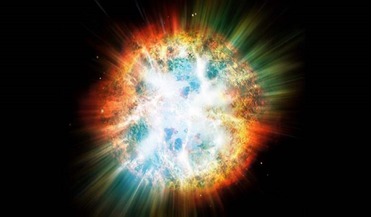 22 March 2016
Astronomers catch a supernova shock wave in visible light for the first time
22 March 2016
Astronomers catch a supernova shock wave in visible light for the first time
... events, supernovae also play a significant role in enriching the interstellar medium with higher mass elements such as iron. Observations such as these can thus allows researchers to better understand how the seeds of chemical complexity and...
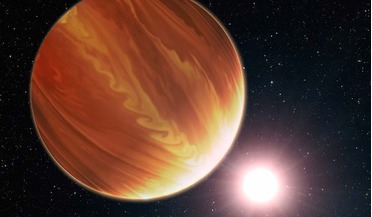 26 April 2016
Sulphur chemistry could be the key to clouds on many exoplanets
26 April 2016
Sulphur chemistry could be the key to clouds on many exoplanets
..., carbon monoxide is expected to be abundant in its atmosphere, however this cannot be substantiated with current data. Global clouds of iron and silicate have also been postulated as a possibility, but these are expected to have sunk well below...
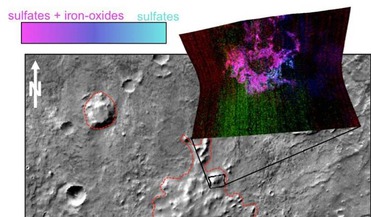 04 May 2016
Martian minerals point to subglacial volcanoes
04 May 2016
Martian minerals point to subglacial volcanoes
... as Sisyphi Montes) indicate where a volcano erupted beneath an ice sheet and are labelled as sulfates (blue) and iron oxides (pink). Image credit: NASA/JPL-Caltech/JHUAPL/ASU Using the spacecraft's Compact Reconnaissance Imaging...
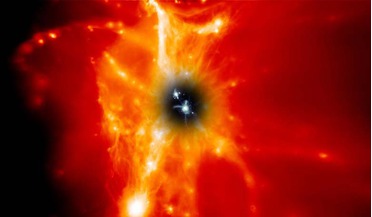 06 June 2016
Galaxies guilty of 'wasting' precious planet building material
06 June 2016
Galaxies guilty of 'wasting' precious planet building material
... the Cosmic Origin Spectrograph (COS) installed on NASA's Hubble Space Telescope, the study shows that more iron, carbon and oxygen atoms exist in the near-invisible reservoir of gas that surrounds a galaxy, known as the...
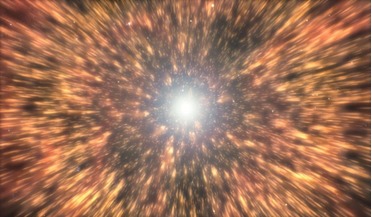 14 November 2016
Mysterious Quark Nova lights up an exploding star for a second time
14 November 2016
Mysterious Quark Nova lights up an exploding star for a second time
... be the answer to other unexplained observations such as titanium enriched supernovae and the processing of elements heavier than iron, as it is suggested that supernova alone cannot produce the heavy element abundance seen in the Sun for example...
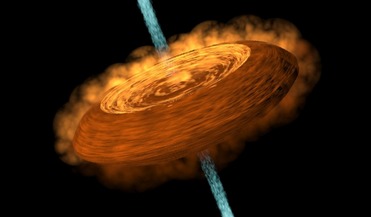 20 April 2017
ALMA research team captures first clear image of accretion disk around a star
20 April 2017
ALMA research team captures first clear image of accretion disk around a star
... in the disk. Credit: ALMA (ESO/NAOJ/NRAO)/Lee et al. Accretion disks are most likely made of silicate, iron, and other interstellar matter. Due to their triple-layer appearance, the research team has described the...